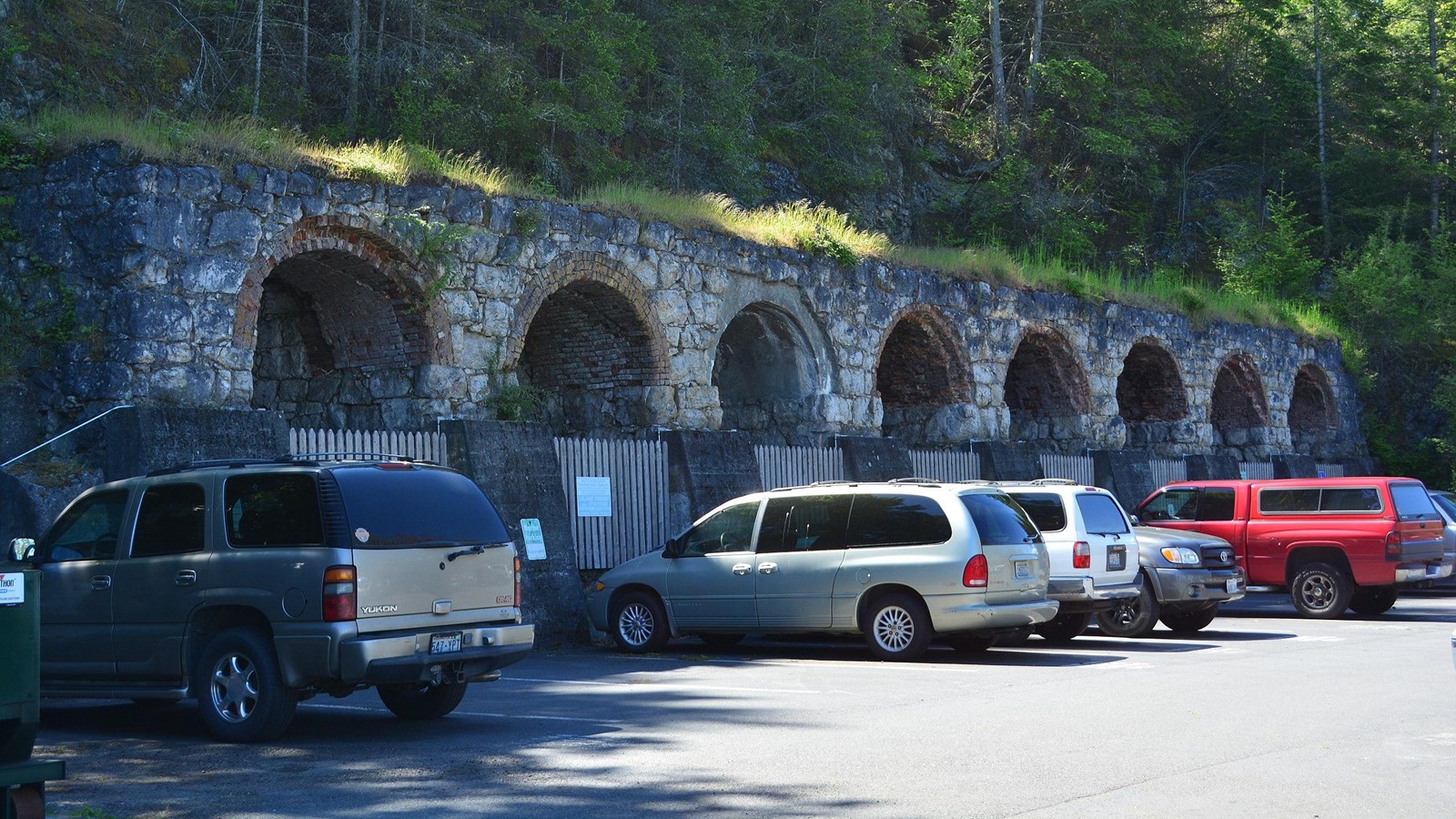Last updated: August 7, 2022
Place
Tacoma and Roche Harbor Lime Company

ATM/Cash Machine, Beach/Water Access, Bicycle - Rack, Canoe/Kayak/Small Boat Launch, Cellular Signal, Dock/Pier, Food/Drink - Bar/Alcohol For Sale, Food/Drink - Cafeteria, Food/Drink - Coffee, Food/Drink - Ice Cream, Food/Drink - Restaurant/Table Service, Food/Drink - Snacks, Fuel (Unleaded), Gifts/Souvenirs/Books, Groceries/Convenience Items, Historical/Interpretive Information/Exhibits, Information, Parking - Auto, Pets Allowed, Public Transit, Restroom, Sea Plane Launch, Showers, Supplies - Fishing/Boating, Supplies - General, Toilet - Flush, Water - Bottle-Filling Station, Wheelchair Accessible
Lime mining and processing existed at 30 different known sites on 4 different islands with production concentrated on San Juan and Orcas Islands. In the first decades of production, San Juan Island’s lime served local markets in British Columbia and Washington State but by the late 1880s, lime from the San Juans was being exported as far away as Hawaii and California for use in industry and construction.
Lime production was heavy and hard work. At the mine site workers used explosives to blow large chunks of limestone free from the cliffs where it was found, jackhammers were then used to split rocks into chunks sized properly for processing in the lime kilns themselves. In the kilns, massive amounts of old growth trees were used to heat limestone to about 1800 degrees Fahrenheit, which spurred chemical reactions that separated carbon dioxide from calcite, thereby forming lime.
John S. McMillin, the owner of the Tacoma and Roche Harbor Lime Company was raised in a lime producing region of Indiana and immediately entered the lime industry when he migrated to the Pacific Northwest in 1882. His company was the largest lime producer in the Pacific Northwest, producing almost 300,000 barrels of lime per year when production peaked in 1904. Over 800 people lived in the company town of Roche Harbor, which operated 13 kilns and 15 quarries and had its own hotel, post office, and power plants. Visitors to Roche Harbor Resort can tour the remaining lime kilns, located not far from the Hotel de Haro which was operated by McMillin’s Company. Additional Lime kilns can be seen atLime Kiln Point State Park.
By the time of the Great Depression, the Juan Islands limestone industry was dwindling, due in no small part to the exhaustion of easily accessible old growth trees to power the lime kilns. The Tacoma and Roche Harbor Lime Company, the last lime producer in operation, ceased making lime in 1956. Seattle businessman Reuben Tarte purchased the company’s assets and transformed it into the extensive resort which has carefully preserved facilities from its industrial past. Near the resort, you can visit John S. McMillin’s elaborate mausoleum, hike the 10 miles of trails in theRoche Harbor Trail System, or view art at the San Juan Islands Sculpture Park.
